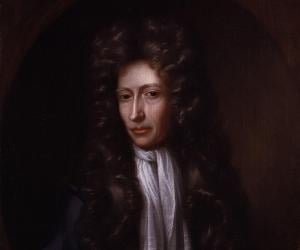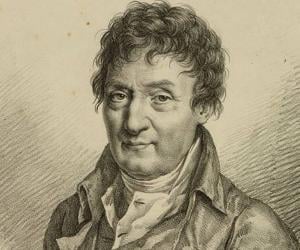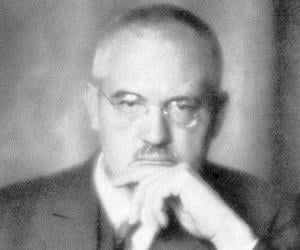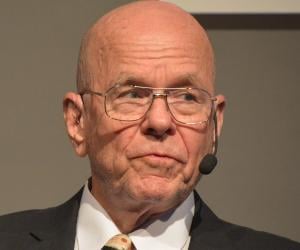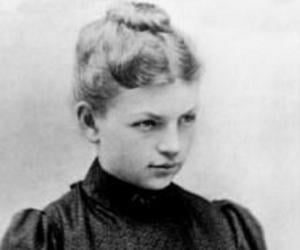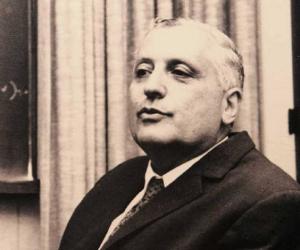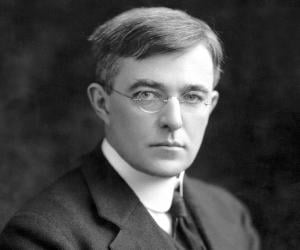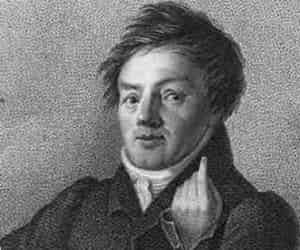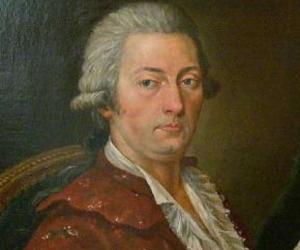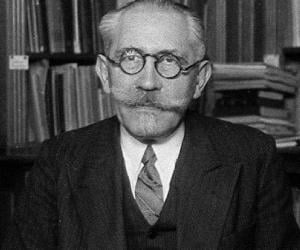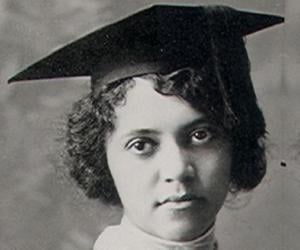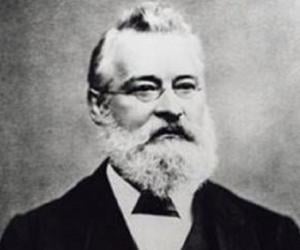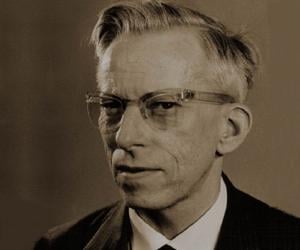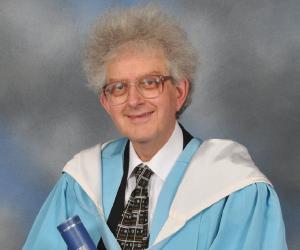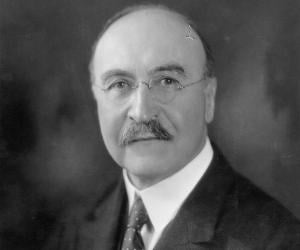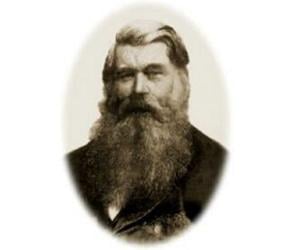Quick Facts
Also Known As: Robert William Boyle
Died At Age: 64
Family:
father: Richard Boyle
mother: Catherine Fenton
siblings: Lady Ranelagh
Born Country: Ireland
Chemists Physicists
Died on: December 30, 1691
place of death: London
Diseases & Disabilities: Quadriplegia
discoveries/inventions: Boyle’s Law, The Prolongation Of Life, Art Of Flying, Perpetual Light, A Ship To Sail With All Winds, And A Ship Not To Be Sunk, Practicable And Certain Way Of Finding Longitudes, Potent Drugs To Alter Or Exalt Imagination, Waking, Memory And Other Functions And Appease Pain
More Facts
education: University College Oxford Eton College
awards: Fellow of the Royal Society
Childhood & Early Life
Robert Boyle was born on January 25, 1627 in Ireland to Richard Boyle and Catherine Fenton. His father was the first Earl of Cork and left England when he was young to settle down in Ireland and his mother was a daughter of the famous writer Geoffrey Fenton.
He went to Eton College to study and travelled around Europe for his education. When he was done with his travels in 1644, he settled in Dorset and built a laboratory there for he was very interested in science by now.
Career
After completing his educational expeditions in Europe, Boyle settled down in Dorset at his father’s property and started to work with a number of natural philosophers from Royal Society of London called ‘Invisible College’.
In 1652, Boyle had to move back to Ireland and he tried to continue his scientific endeavors there but soon got frustrated as Ireland was not an ideal country to experiment with chemistry back then because the country was scientifically backward.
After struggling with Ireland’s lack of proper scientific temperament, Boyle shifted to Oxford in 1654 and rented rooms in the University College and formed the ‘Experimental Philosophy Club’ with natural philosophers and physicians.
In 1659, Boyle, along with Robert Hooke, constructed an air pump, which helped Boyle in studying air pressure and vacuum, and a year later he published ‘New Experiments Physico-Mechanicall, Touching the Spring of the Air and Its Effects’.
Boyle published his most influential writing ‘The Sceptical Chymist ‘in 1661, which beat the then-current Aristotelian and especially Paracelsian notions about the composition of matter and methods of chemical analysis.
Boyle and Hooke worked together on studying characteristics of air, including its role in combustion, respiration, and the transmission of sound. In 1662, they published their finding which was later known as “Boyle’s law.”
In 1663 the’ Invisible College’ was transformed into ‘The Royal Society of London for Improving Natural Knowledge’ and Boyle was named as a member of the council by the charter of incorporation granted by Charles II of England.
Boyle left Oxford and went to live with his sister Lady Ranelagh in London in 1668. There he continued his writings on natural philosophy and enjoyed the company of his physicist neighbors like Isaac Barrow and Thomas Sydenham.
In 1670, he suffered from a stroke that left him paralyzed but his health continued to get better slowly after that. He continued to work on his scientific researches even though he was physically restricted in many ways.
Boyle declined the offer to serve as President of the Royal Society in 1680 owing to his religious beliefs. He produced some of his scientific and religious writings during this time, like, ‘Medicina Hydrostatica’, The Christian Virtuoso’, etc.
Major Works
In 1662, Boyle gave the empirical relation concerning the compression and expansion of gas at constant temperature, it was known as the ‘Boyle’s law’ later. It was the result of his scientific study of air along with Robert Hooke.
Personal Life & Legacy
From 1689-1691 Boyle’s health started deteriorating and it became impossible for him to see people anymore and he increasingly became a recluse. In 1691, he died of paralysis, just a week after his sister’s death, with whom he lived for 20 years.
Facts About Robert Boyle
Robert Boyle is known as the “Father of Chemistry” for his pioneering work in the field, including his discovery of Boyle’s Law, which describes the relationship between the pressure and volume of a gas.
Boyle was a dedicated philanthropist who funded numerous scientific experiments and advancements, contributing greatly to the progress of science during his time.
He had a keen interest in alchemy and the search for the Philosopher’s Stone, a legendary substance believed to have the power to turn base metals into gold and grant immortality.
Boyle was a devout Christian who believed that science and religion were not mutually exclusive, and he sought to reconcile the two through his work and writings.
He had a close friendship and scientific collaboration with Isaac Newton, with whom he corresponded regularly and shared ideas on various scientific topics.
See more:


